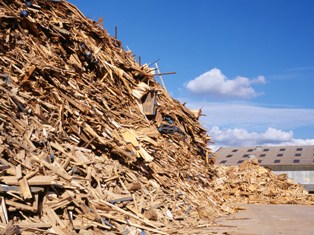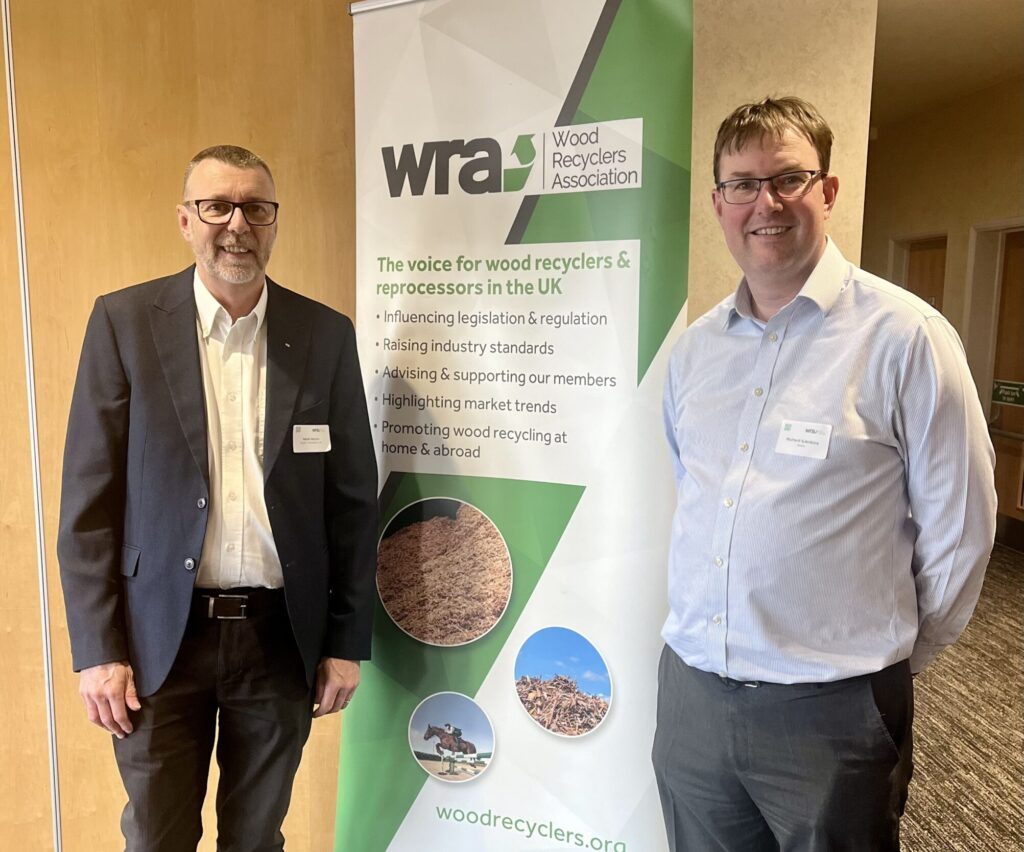
The Middlesbrough-based company will now be able to have stack heights three metres higher than what was previously permitted under the Environment Agency’s 2015 FPP guidance.
According to UKWR the plan is the first of its kind allowing stacks of waste wood to be stored at this height, “assuming a number of other specific additional measures are in place on the site”.
The company also said the increased stack heights will enable the business to manage peaks in the seasonal availability of waste wood, and comes after three years of talks with the Agency.
Contracts
Commenting on the new FPP, the managing director of the group Geoff Hadfield explained that the new plan will help the company honour large-scale contracts, including a deal to supply 80,000 tonnes a year of biomass fuel to the Wilton 10 boiler, which is owned by Sembcorp Utilities.
“When the new guidance was first introduced in 2015 we immediately flagged that it was too restrictive for a business of our scale,” Mr Hadfield explained.
He continued: “However, through collaboration and significant investment in additional science and infrastructure, both sides have learned and gained a greater understanding of the real issues involved in ensuring the minimal impact of any incident, whilst allowing a business to continue to trade.”
Mr Hadfield added that the issue for the company is ‘striking a balance between strong enough materials and not posing a fire risk’, and added that he was “happy” to reach a conclusion.
Agency view
From an Environment Agency perspective, Peter Buckley, senior adviser of Fire Prevention Plans, said the company provided “robust evidence” to support the application.
“We have been working hard with UKWR over the last few years to approve a suitable FPP for the Middlesbrough site. It is pleasing that UKWR has fully engaged with the EA throughout this process and have provided robust evidence to support their FPP application,” he explained.
Mr Buckley added: “The EA have entered into open and honest dialogue with UKWR and all concerns raised have been fully addressed by UKWR. The alternative measures proposed in the FPP application have been thoroughly tested and are deemed to meet the three core objectives set out in the FPP guidance. As can be seen in this case, how important it is for site operators to fully engage with the EA to ensure that satisfactory outcomes are achieved for both parties.”
Equipment

UKWR was established in 2007 and its facility in Middlesbrough was built with a capacity of up to 200,000 tonnes of wood per year. The site currently processes material for panel board and animal bedding as well as producing ‘high quality’ biomass fuel.
In terms of fire suppression technology, UKWR says it has spent around £1.5 million on improvements in fire detection and suppression systems on the site.
This includes installing more outside hydrants and remote-controlled water cannons in the storage building, a fully concreted impervious surface and 24/7 security.
UKWR says it has also installed a fixed thermal imaging heat and fire detection camera system which monitors the site and stacks of wood for hot spots every two minutes, which it says helped it get the specific plan.






Subscribe for free